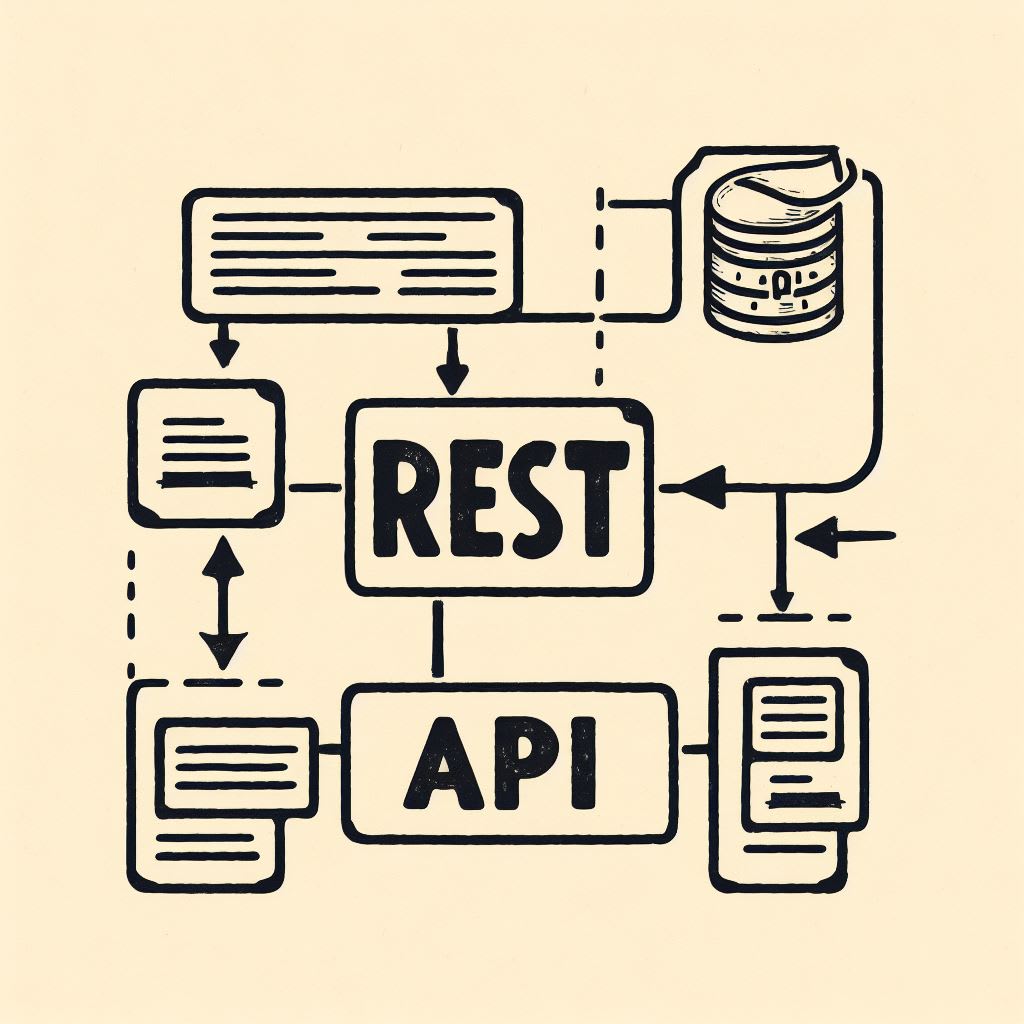REST APIs, following specific rules for web services, interact with servers and databases using HTTP methods. HTML forms submit data to servers through these APIs, with JavaScript sending requests and handling responses.

REST (Representational State Transfer) APIs are architectural style guidelines for creating web services. They use HTTP methods to handle CRUD (Create, Read, Update, Delete) operations. Each operation corresponds to a specific HTTP method: POST for Create, GET for Read, PUT for Update, and DELETE for Delete.
HTML forms can interact with REST APIs by making HTTP requests to specific endpoints. When a form is submitted, an HTTP request is sent to the server. The form data, serialized into JSON format, is included in the request body. This data is then processed and stored in the database.
JavaScript plays a pivotal role in this process. It initiates HTTP requests and handles responses. The Fetch API, built into modern browsers, is often used for this purpose. It returns a Promise that resolves to a Response object representing the response to the request. Here's an example of how it works:
const data = { username: 'example' };
fetch('https://api.example.com/data', {
method: 'POST',
headers: {
'Content-Type': 'application/json',
},
body: JSON.stringify(data),
})
.then((response) => response.json())
.then((data) => console.log(data))
.catch((error) => {
console.error('Error:', error);
});
In this code snippet, fetch() sends a POST request to the server. The form data is converted into a JSON string with JSON.stringify() and included in the request body. The server's response, also a JSON string, is converted back into a JavaScript object with .json().
Axios is an alternative to Fetch. It's a popular JavaScript library that offers more features and flexibility for making HTTP requests. Unlike Fetch, Axios automatically transforms JSON data and provides better error handling.
Related terms:
HeroTofu is a set of tools and APIs designed to help Developers and Marketers.
© 2025 HeroTofu by Munero